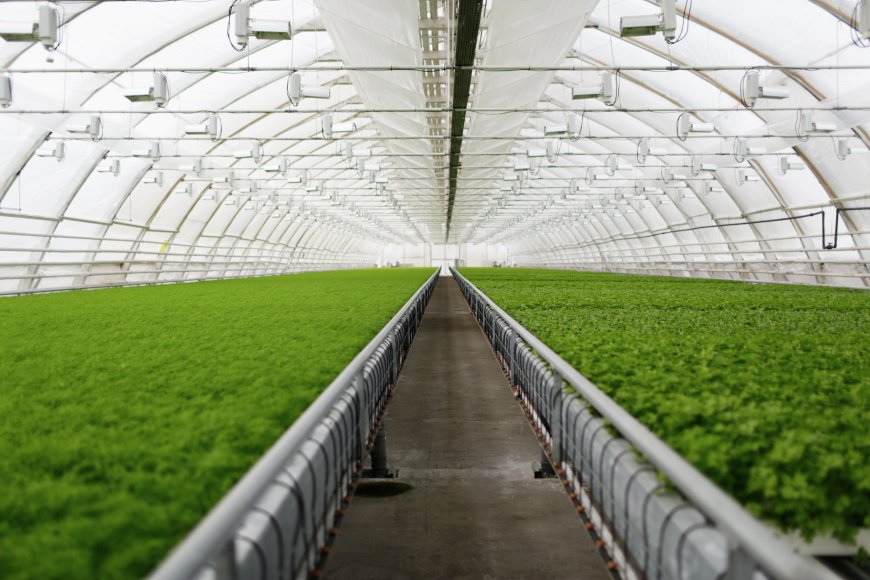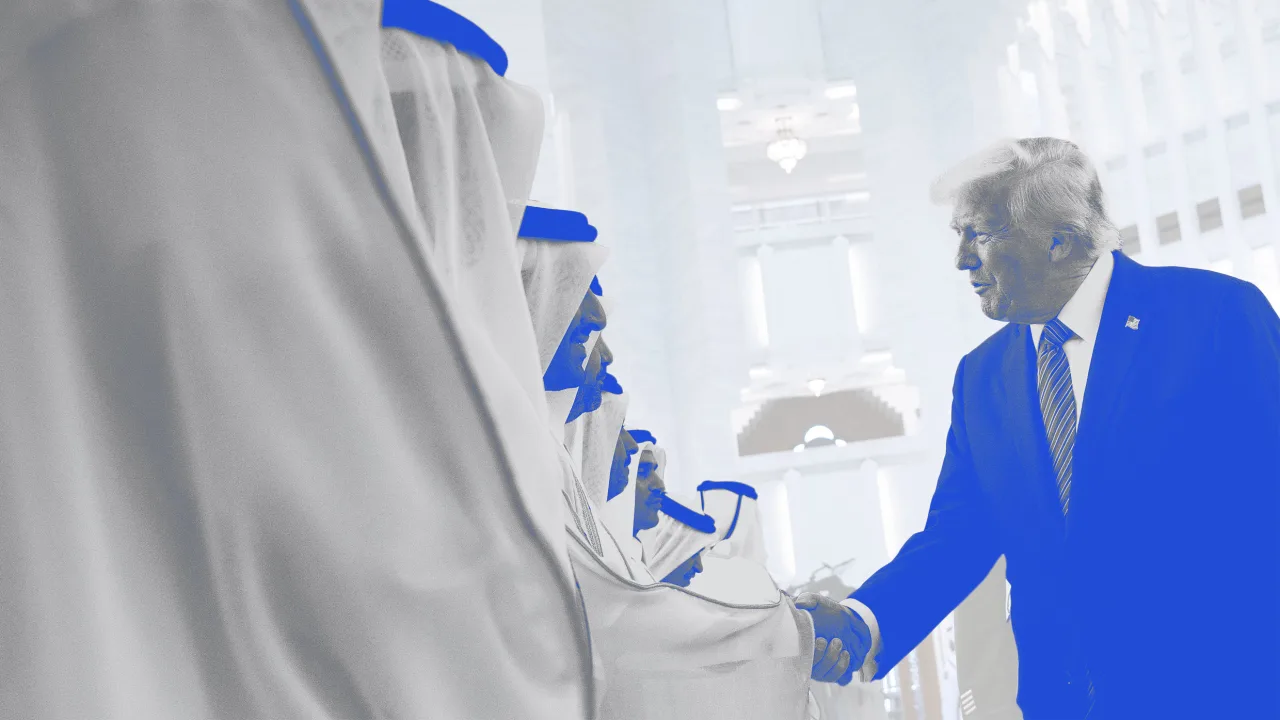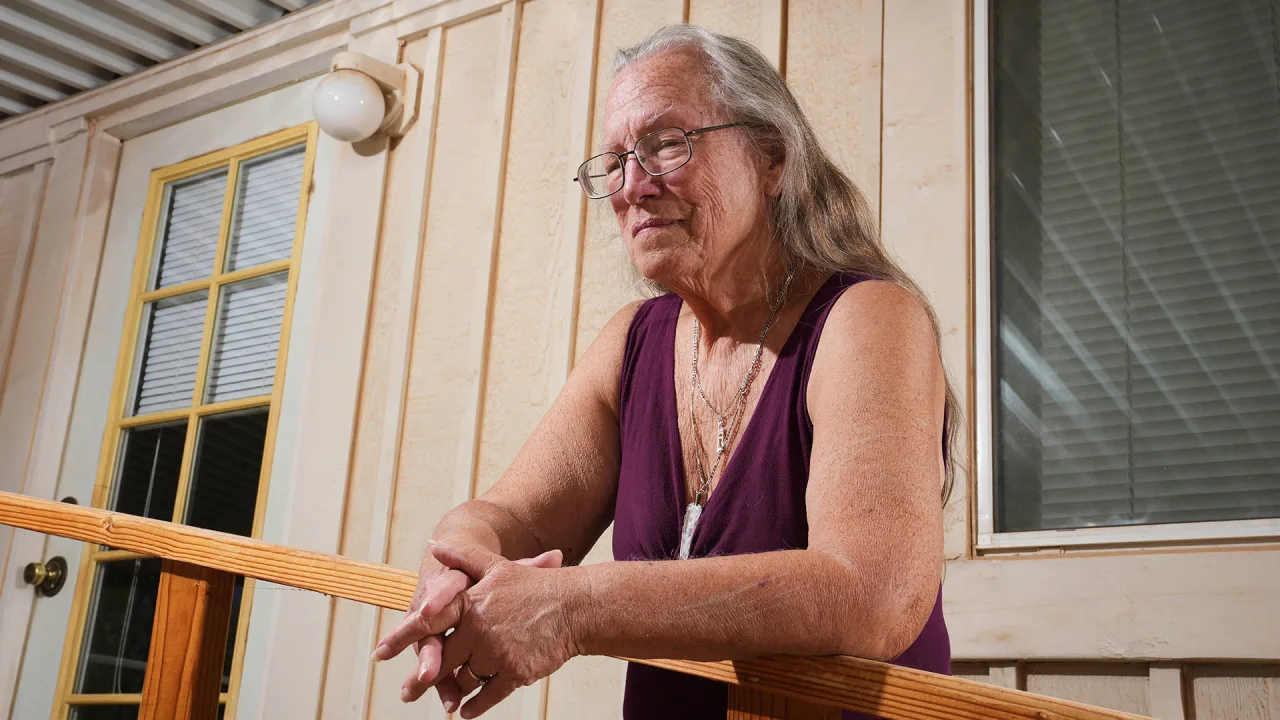Greenhouse Plastic Sheeting vs Glass: Which Is Better?
The nuances of Greenhouse Plastic Sheeting vs Glass materials, providing insights tailored to the specific conditions of Long Beach, California in 2025.

In the sun-drenched city of Long Beach, California, where the coastal climate offers a unique blend of warmth and humidity, greenhouse gardening has become an increasingly popular endeavor. Whether you're a seasoned horticulturist or a budding enthusiast, the decision between greenhouse plastic sheeting and traditional glass can significantly impact your gardening success.
What Are Greenhouse Plastic Sheeting and Glass?
Greenhouse Plastic Sheeting
Greenhouse plastic sheeting, commonly made from polyethylene or polycarbonate, is a flexible, lightweight material designed to cover greenhouse structures. Its primary function is to create a controlled environment by trapping heat and allowing sunlight to penetrate, fostering optimal plant growth. In Long Beach, where the climate is relatively mild, plastic sheeting offers an affordable and adaptable solution for year-round gardening.
Glass
Glass has been the traditional choice for greenhouse construction for centuries. Its rigidity and clarity provide excellent light transmission, essential for photosynthesis. However, glass is heavier and more fragile than plastic, requiring sturdy framing and careful handling. In the context of Long Beach's coastal environment, considerations such as salt air corrosion and occasional high winds come into play when opting for glass.
Which Material Is Better for Light Transmission?
Glass
Glass offers superior light transmission, allowing up to 90% of sunlight to pass through. This clarity ensures that plants receive ample light, promoting robust growth. However, the intense Southern California sun can sometimes lead to overheating or sunburn in sensitive plants.
Greenhouse Plastic Sheeting
Modern greenhouse plastics are engineered to diffuse light, reducing hotspots and distributing sunlight more evenly. This feature minimizes the risk of plant burn and creates a more uniform growing environment. Additionally, certain plastic sheeting options come with UV inhibitors, extending their lifespan under the harsh Long Beach sun.
Who Should Choose Plastic or Glass?
Plastic Sheeting
-
Novice Gardeners: Its affordability and ease of installation make it ideal for beginners.
-
Urban Gardeners: Lightweight and flexible, it's suitable for rooftop or balcony gardens.
-
Budget-Conscious Individuals: Lower initial costs and maintenance expenses.
Glass
-
Experienced Gardeners: Offers a traditional aesthetic and long-term durability.
-
Permanent Installations: Best for those investing in a long-term greenhouse structure.
-
Aesthetic Enthusiasts: Provides a classic, elegant appearance.
Where Does Each Material Excel?
Plastic Sheeting
In Long Beach's coastal climate, plastic sheeting excels due to its resistance to salt air corrosion and flexibility to withstand occasional high winds. Its lightweight nature reduces the structural demands on framing, making it suitable for various locations, including urban settings.
Glass
Glass is best suited for inland areas where the risk of salt air corrosion is minimal. Its rigidity and weight require a solid foundation, making it ideal for permanent installations in protected environments.
Why Choose One Over the Other?
Advantages of Plastic Sheeting
-
Cost-Effective: Lower initial investment and maintenance costs.
-
Flexibility: Easier to install and modify as needed.
-
Durability: Resistant to impacts and less prone to shattering.
Advantages of Glass
-
Longevity: With proper care, glass can last for decades.
-
Clarity: Provides maximum light transmission for plant growth.
-
Aesthetics: Offers a timeless, elegant appearance.
When Should You Replace or Maintain Your Greenhouse Covering?
Plastic Sheeting
Typically, high-quality greenhouse plastic sheeting lasts between 4 to 6 years. Regular inspections for tears, discoloration, or brittleness are essential. In Long Beach's sunny climate, UV exposure can accelerate degradation, so UV-resistant options are recommended.
Glass
Glass requires minimal maintenance but should be cleaned regularly to ensure optimal light transmission. Inspect for cracks or chips, especially after storms or high winds. Proper sealing and framing maintenance will prolong its lifespan.
How Do Installation and Maintenance Compare?
Installation
-
Plastic Sheeting: Lightweight and flexible, allowing for DIY installation. Requires minimal tools and can conform to various greenhouse shapes.
-
Glass: Heavier and more fragile, necessitating professional installation. Requires sturdy framing and precise measurements.
Maintenance
-
Plastic Sheeting: May need periodic replacement and is susceptible to tearing. However, repairs are straightforward and inexpensive.
-
Glass: Less frequent maintenance but requires careful cleaning to prevent scratches. Damage can be costly to repair.
Whose Needs Are Best Met by Each Material?
Plastic Sheeting
Ideal for gardeners seeking flexibility, affordability, and ease of installation. It's particularly beneficial for those in coastal areas like Long Beach, where environmental factors favor its resilience.
Glass
Suited for individuals prioritizing aesthetics, longevity, and maximum light transmission. Best for those willing to invest in a permanent, visually appealing structure.
Conclusion
In the context of Long Beach, California, both greenhouse plastic sheeting and glass have their merits. Plastic sheeting offers flexibility, affordability, and resilience against coastal conditions, making it a practical choice for many. Conversely, glass provides unmatched clarity and a classic aesthetic, suitable for those investing in a long-term, permanent structure. Ultimately, the decision hinges on individual priorities, budget, and the specific environmental considerations of your gardening location.






























































































































![Are AI Chatbots Replacing Search Engines? AI vs Google [New Research]](https://www.orbitmedia.com/wp-content/uploads/2025/05/How-often-are-we-using-AI-chatbots_.webp)































